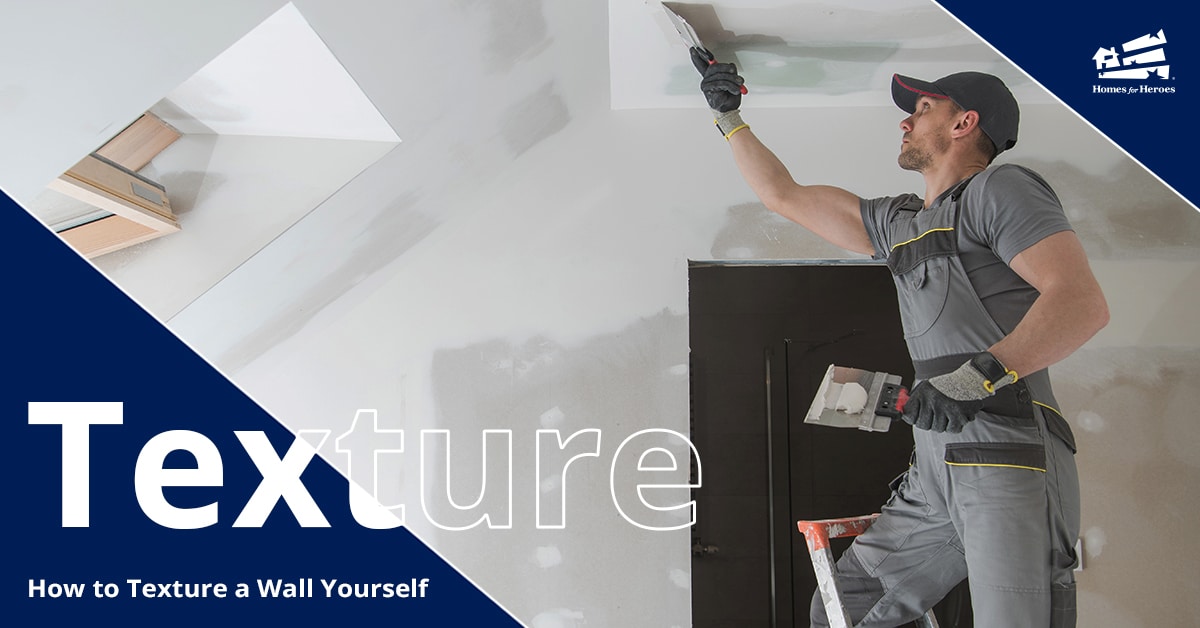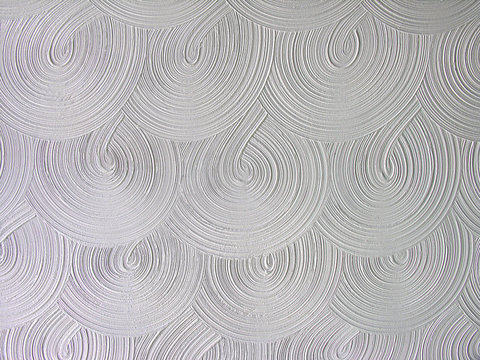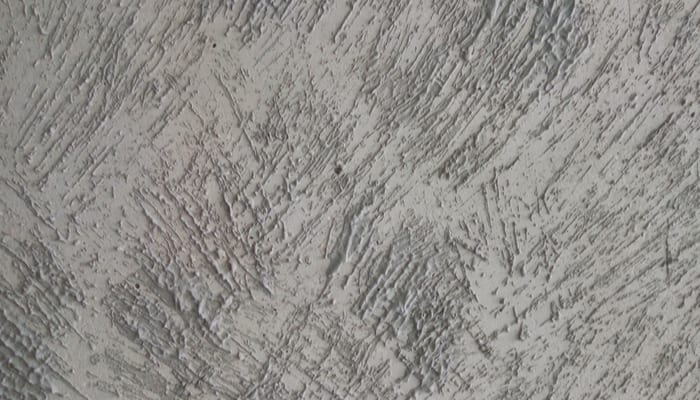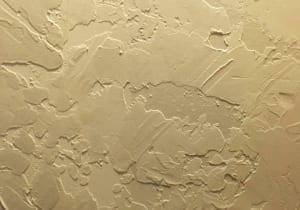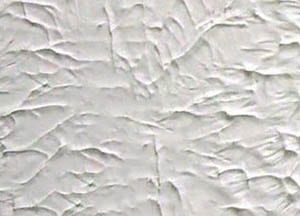Last Updated on September 19, 2024 by Luke Feldbrugge
Texturing walls allows you to choose the style that suits you, and turn a flat, dull space into something with personality. It’s all about turning your space into what you want. Just make sure that you take it one step at a time. The addition of textured walls will feature your unique style, and by doing it yourself you’ll save money. This post provides you with the primary wall texture options, what you’ll need to do it and steps to make it happen.
If you’re a hero (firefighter, EMS, law enforcement, military, healthcare professional or teacher) and you’re texturing walls to sell your house; don’t miss out on the savings Homes for Heroes provides. Typically a hero can save over $3,000 on the cost of selling their house by working with Homes for Heroes specialists. For more information, register online to speak with the Homes for Heroes specialist in your area. They will be honored to answer your questions and thank you for your service.
Drywall Mud – Stucco
If you like the look of stucco siding, you can emulate it with drywall mud. Also called joint taping compound, you can find it at every home improvement store. What makes this material so appealing is that it’s practically fail-proof. If you apply too much in one place or need to change it for whatever reason, just wipe it away and start again.
What You’ll Need
- Trowel or wide putty knife
- Sponge
- Joint taping compound
What To Do
- Before you start throwing compound on walls, make sure your walls are clean and completely dry
- When you are ready to begin, add a small amount of water to the compound to make it like thick pancake batter
- Apply the joint compound to the wall with either a trowel or a wide putty knife
- Dab a sponge into the drywall mud and then onto the wall continuously until you have the desired effect
- Step back and look at the overall look of the texture. If you love it, let it dry completely before painting it. If you want to change it up, go back to the drawing board and add compound where it is needed.
Drywall Mud – Crosshatched Pattern
What You’ll Need
- A notched trowel or a squeegee with indentations cut out
- Joint taping compound
What To Do
- Clean and dry your walls.
- Add a small amount of water to the compound to make it like thick pancake batter.
- Apply the joint compound to the wall with either a trowel or a wide putty knife.
- Use the trowel or squeegee to create a line that reaches wall to wall.
- Work in one direction, then move in the perpendicular direction and spread the compound to produce the desired crosshatch pattern. Notches will create horizontal indents, then vertical, then back to horizontal, almost like a checkerboard. It will look like a woven fabric up close when you have finished.
Drywall Mud – Skip Trowel Pattern
What You’ll Need
- Putty Knife
- Sea-sponge roller
- Joint taping compound
What To Do
- Roll the drywall mud onto your wall with the sea-sponge roller, which is easier than using a trowel.
Drywall Mud – Stomp-Knockdown Pattern
What You’ll Need
- Foot stomp brush
- Trowel or wide putty knife
- Joint taping compound
- Knife or paint scraper
What To Do
- Use the trowel to spread the mixture onto the wall.
- Smack the foot stomp brush into the wall continuously, making a pattern across the desired space.
- Use a knife or paint scraper to eliminate any unwanted points, creating a smoother surface. Keep the putty knife at a 15-degree angle and avoid exerting too much pressure. That will help make sure you do not smooth out the finish too much.
- Apply the compound lightly in the corners and around edges. In this case, less is better.
Drywall Mud – Tips and Tricks
- Try using a paint roller to apply the compound to the wall, then remove some of the drywall mud to create a pattern.
- Experiment, because drywall mud is exceptionally forgiving, allowing you to reapply or remove as needed.
- Be sure to give all texture 24 hours to dry before applying paint. If you wish to dry it faster, place a fan facing the desired space.
Drywall Texture Sprayer
If you are looking to add texture to walls in several spaces, or to a large surface, look into renting a drywall texture sprayer. Similar to a paint sprayer, this machine covers surfaces quickly in joint compound. You can choose the type of compound mixture, the nozzle and the amount of airspeed you need to achieve the effect you want. If you don’t know what look you’re going for, any texture you don’t like can be wiped off and reapplied. Make sure you cover your furniture and flooring sufficiently to avoid splatter.
Paint Texture
If drywall mud is not what you’re looking for, consider using textured paint, which is offered by most major paint manufacturers. Textured paint is applied similarly to drywall mud. You can use a standard roller and paint brush for corners and edges. You also usually only need two coats, making the application that much more desirable.
However, it is difficult to remove so be careful when you apply it. It dries faster than drywall mud, so you should cover the entire surface before the coat dries or you’ll get lines in between roller strokes. There are not very many color options at this time for textured paint. But, you can go another route by purchasing a paint texture additive and mixing it with any color of paint you choose.
No matter which process you choose, remember to apply the texture in a random pattern. If you focus too much on making everything look uniform, it won’t look as professional. Luckily, random is easier to do, so have fun and enjoy the process.

